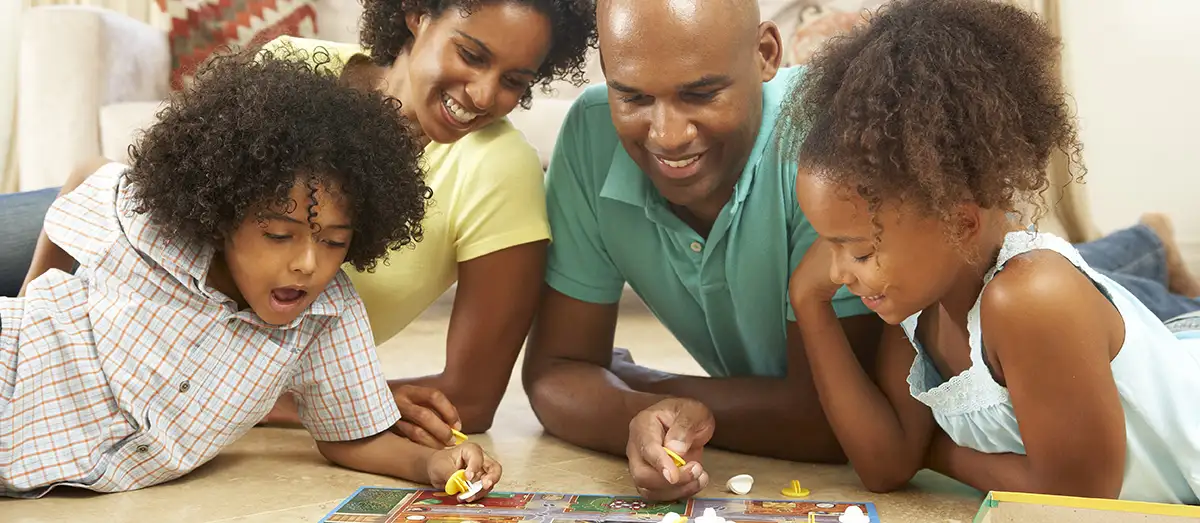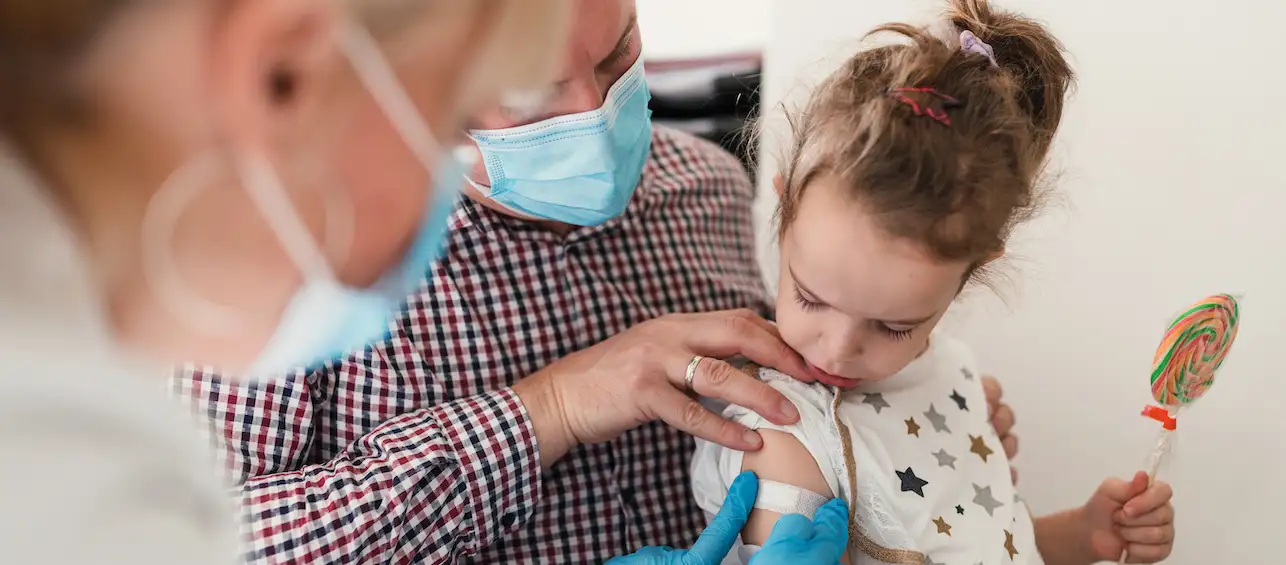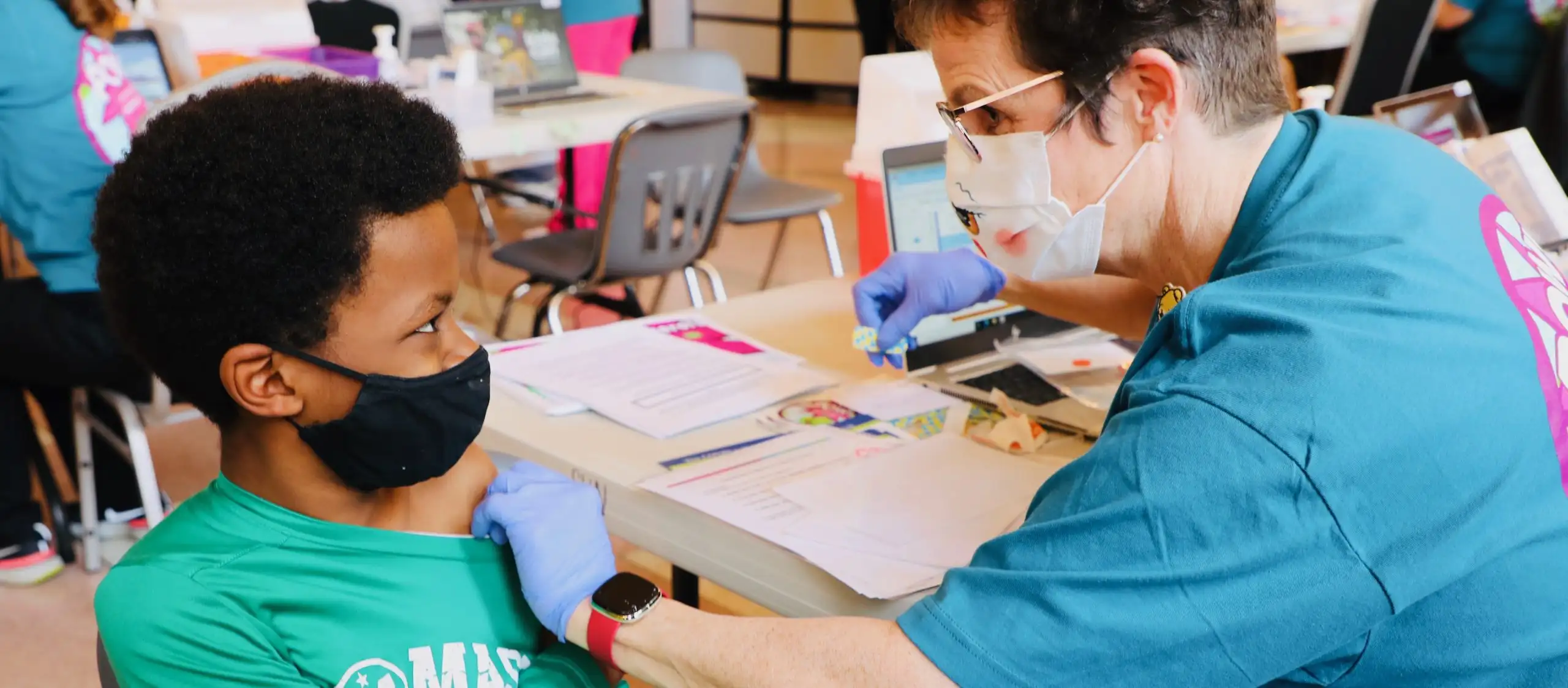During this unusual time of the COVID-19 pandemic, one positive aspect of social distancing is that it has offered many families the opportunity to spend more time together. Whether reading, playing or simply talking throughout the day, this together time is critical for language development.
As a pediatrician who directs the Reading Literacy Discovery Center, I have a special interest in helping children develop and grow through reading and screen-free activities. These are challenging times, where parents often face competing priorities such as endless Zoom meetings, household chores and making sure that their children stay on track for school.
This can invite a lot of pressure, where they often feel that they are falling short. In my opinion, it’s okay to relax a bit. Not in terms of making quality time, but in terms of the approach. It is said that, “Parents are a child’s first and most important teacher.” But the magic is defined not by curriculum, but by the relationship. Some of the most enduring learning arises from everyday experiences where ideas, dreams and feelings are exchanged. Here are suggestions for making this happen:
Tips to Encourage Screen-Free Learning During COVID-19
1. Sharing Books
Kids may be feeling fearful, anxious or uncertain at this time, as usual routines are upended. We can help them learn to feel safe by reading books that address these issues. Look for books that help reinforce that they are loved, safe and cared for. Here are a few suggestions:
- Sylvester and the Magic Pebble by William Steig. This is an incredible book about a child feeling anxious about missing their parent. Eventually everyone is reunited and back together as a family.
- What Was I Scared Of? by Dr. Seuss. The main character continually encounters a pair of pants with no one inside them and eventually learns that the pants are as equally afraid of him. The two eventually become friendly and say “hi.”
- Where the Wild Things Are by Maurice Sendak. Parents can talk about feelings and the motivation of the characters. Max goes off into his world and gets into a little bit of trouble but when he comes back, everything is okay.
2. Using COVID-19 as a teaching opportunity
Children are naturally curious and want to understand the world around them. We can help them learn why we’re doing all of these strange, new things — like wearing masks, giving fewer hugs and washing our hands all the time — by teaching them at a developmentally appropriate level. For example, talk about what germs are. Explain what COVID-19 is. Describe what we can do to prevent germs from spreading. Get your child involved in the process at a fun and achievable level, like making signs or giving reminders. Create an opportunity for understanding and reinforcing that we’re all in this together. Go to a bookstore or library and pick out a science book or do some research online together. It might inspire your child to become a scientist or doctor someday!
3. Playing board games
There are many opportunities for children to learn from board games — and they’re fun! Among many other things, it teaches social skills like taking turns, following instructions, and winning and losing. Give them choices of games to try. Classics like Clue or checkers are often fun throwbacks for older family members, too!
4. Embracing everyday life
Children can learn through simple everyday experiences that we often forget about, take for granted or have forgotten. Take a walk and talk about the type of birds that you see or shapes of clouds. Turn over rocks and look for worms. Teach them how to fold laundry. Feed or bathe pets together. Ask lots of questions, like “What do you think that is?” or “How do you feel?”
5. Creating something off-screen after watching something on-screen
Especially in our current situation, parents may need to keep their children occupied while they get work done. Help children decide what to watch and then reconnect with them afterwards to see what they thought. Use screen time as a way to inspire activities or conversations about favorite scenes or characters, and even to create their own stories. For example, if they watch Frozen, have them draw a scene from the movie, dress up in costume and act out scenes, and talk about these things. In short, build on what they watch with their own imagination!
6. Set clear limits on screen time and keep an eye on older children
It’s important to set clear limits on screen time (the AAP recommends no more than 1 hour per day in normal times). Young children are less likely to throw tantrums or struggle when they are told how much time they are allowed to watch in advance. For example, choose a favorite movie, and when it’s over, turn it off and do something else. This is far easier than watching an open-ended stream of YouTube videos. Also avoid short-term use as a pacifier if possible, such as on short car trips, short phone calls or during meals.
It’s also critical to monitor children’s behavior during and after use. Do they seem too anxious, sad or wrapped up in it like something is bothering them, or do they seem to have a balanced relationship with their screen time? This is particularly important for teenagers, who are vulnerable to bullying, body image issues or addictive gaming. Ask your teens how they feeling both inside and outside of their screens. In this light, it’s also critical to make bedrooms screen-free, so that children can relax, read, sleep and dream.
Although there may be many competing priorities for families to balance right now, we can maximize the power of simple, unplugged play as a way for children to learn, improve language skills, strengthen relationships and stay healthy. All of the activities that we can do together at home — going for walks, sharing a picture book, playing with the dog — allow us to slow down and spend time together; to make the best of an unprecedented, difficult situation. These moments are valid, wonderful and memorable opportunities for learning and growth that we all will look back on as special in our own way.
Editor’s note: This blog was created in collaboration with Dr. Candace Ganz, division director of Speech-Language Pathology. It highlights the important partnership between the Reading Literacy Discovery Center and the Division of Speech-Language Pathology, as they often work together to improve reading and language skills with patients.






